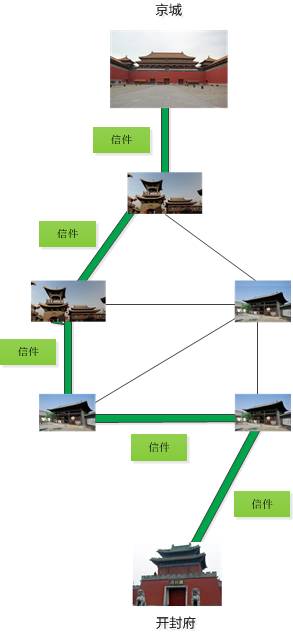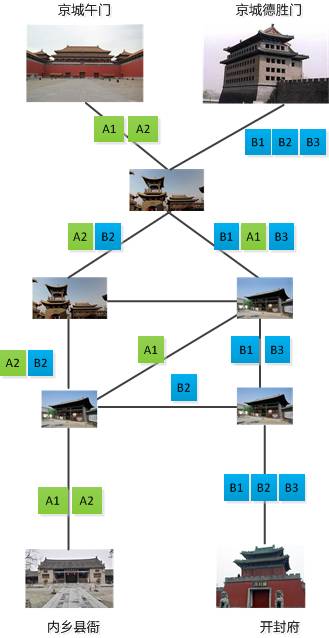The “virtual circuit” operated for half a year, and finally managed to transmit messages from top to bottom, but when Wei Zhongxian learned of it, he embellished the story and told Emperor Zhu Youjiao many bad things. The carpenter emperor was furious, angrily scolding the cabinet for wasting national manpower and resources, ordering an immediate halt.
The cabinet hated Wei Zhongxian to the core but had no choice but to stop.
That day, the emperor did not attend the morning court again, and everyone gathered together with worried faces to discuss.
Sun Chengzong, the Right Vice Minister of Rites, suddenly remembered something: “When I was patrolling the border, I heard that Yuan Chonghuan used a strange method to deliver military supplies. He did not use the army to guard the official roads, nor did he establish a safe connection channel, but completely relied on horses and mules for communication.”
“How is that possible? Horses are not human, what if they run away?”
Sun Chengzong said: “These horses are trained, carrying letters or supplies, and can travel on the official road. Whenever they reach a relay station or town, the local officials check the destination of the letters, feed the horses, and then guide them to the next official road, which is very convenient. Of course, the specific official road is determined by the local officials; they will gather various information to determine which official road has fewer bandits and beasts.”
(Note from Code Farmer: The relay station is similar to a router, needing to build a routing table to forward data packets)
“This still doesn’t solve the problem. Without soldiers to protect them on the road, the horses could be robbed or eaten by wild beasts, and the supplies would still be lost.”
Sun Chengzong said: “Yuan Chonghuan and his team thought of this too. They invented a method called retransmission on failure; if they do not receive a confirmation reply from the other party, they will resend it.”
“The cost of resending is too high, after all, it’s supplies!”
“That’s right. They usually break down a large item into smaller pieces because a horse cannot carry much, and then number each small piece. If one small piece is lost, only that numbered piece is resent. Yuan Chonghuan said they have something called the ‘Mirage Treasure Mirror’ that can retrieve lost items!”
“This is truly a treasure! How could an ordinary person have one?”
(Intermission: Thank you to the netizen who provided the idea of the Mirage Treasure Mirror; I forgot who it was, please contact me if you see this.)
Chief Minister Ye said: “However, this is an interesting idea; there is no need to establish a real connection channel beforehand, and each numbered small piece might take different paths, completely decided by the local officials of the intermediate nodes as to which path the horse will take next.”
(Note from Code Farmer: This is called packet switching)
Sun Chengzong added: “Chief Minister Ye sees it very clearly; not only are the paths different, but these small pieces may also arrive out of order (disordered). What he means is that the intermediate nodes do not promise to provide a reliable connection channel; supplies may completely be disordered, duplicated, or even lost. The so-called reliable transmission is entirely achieved by the two endpoints (for example, the capital and Kaifeng).”







